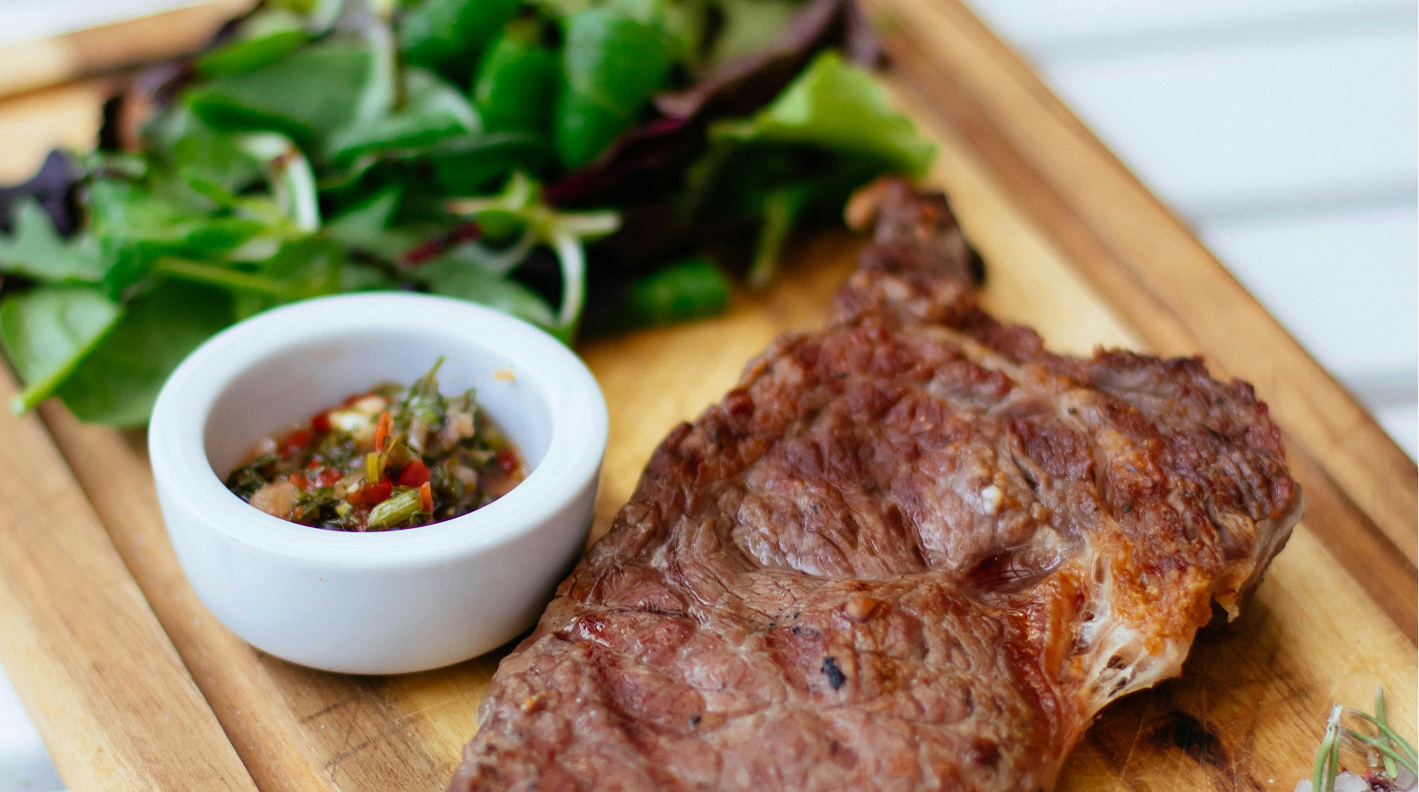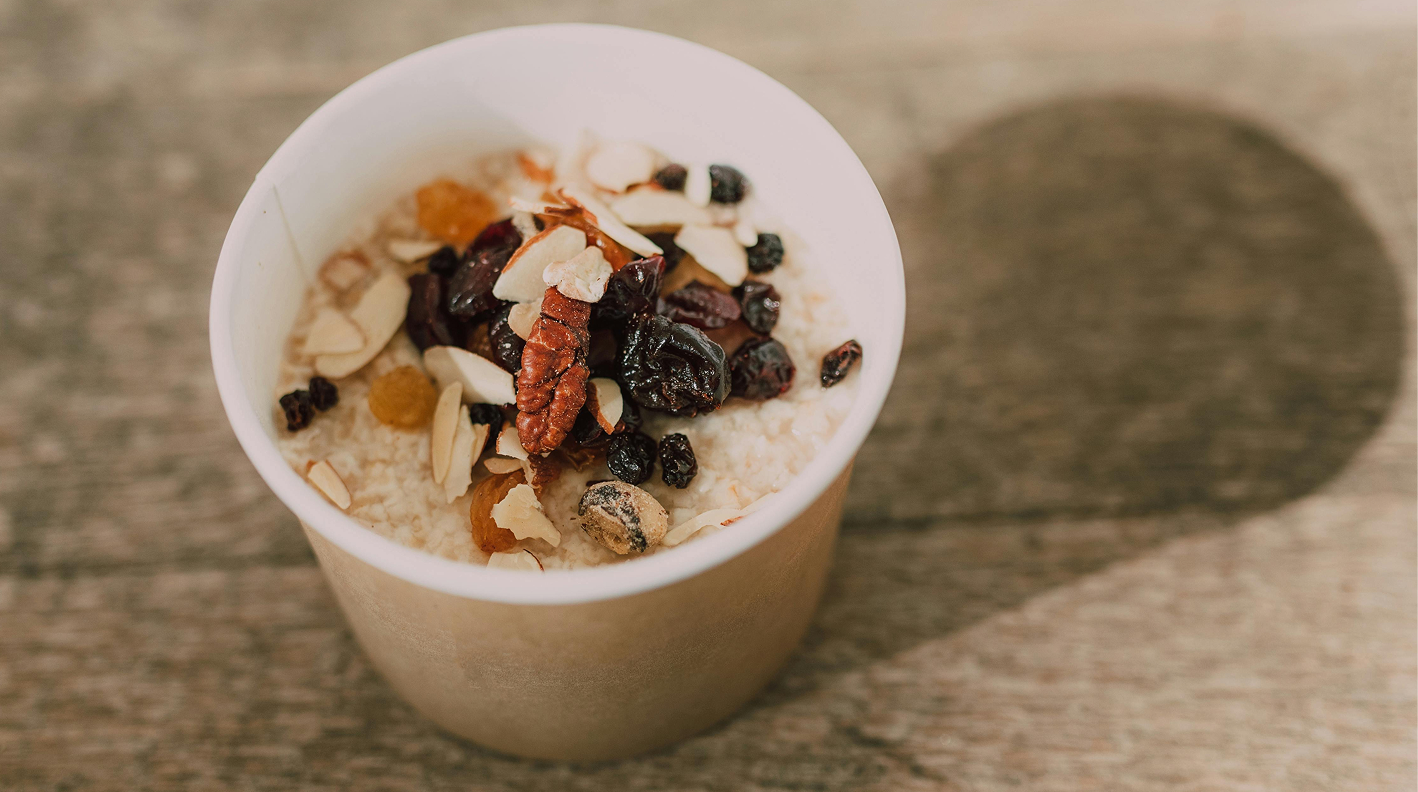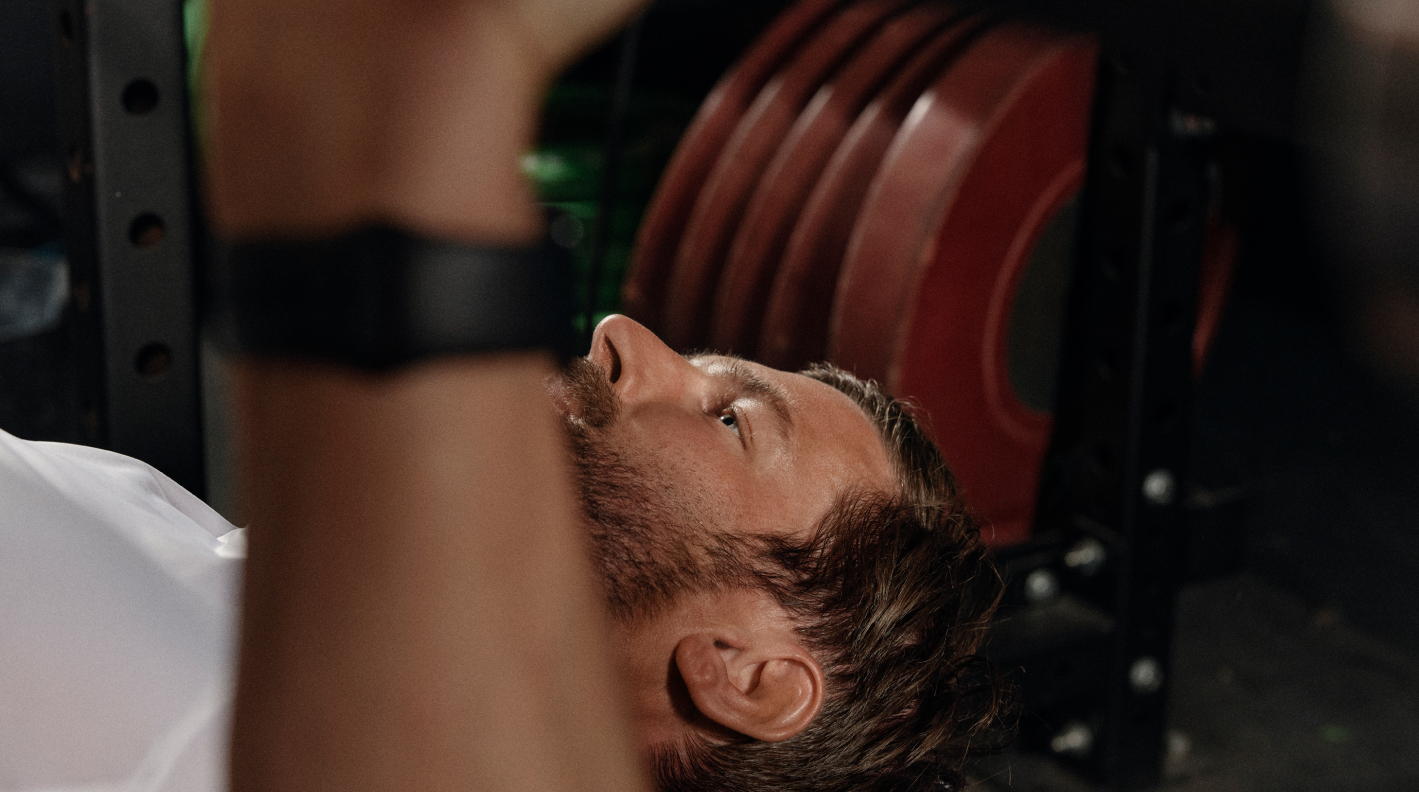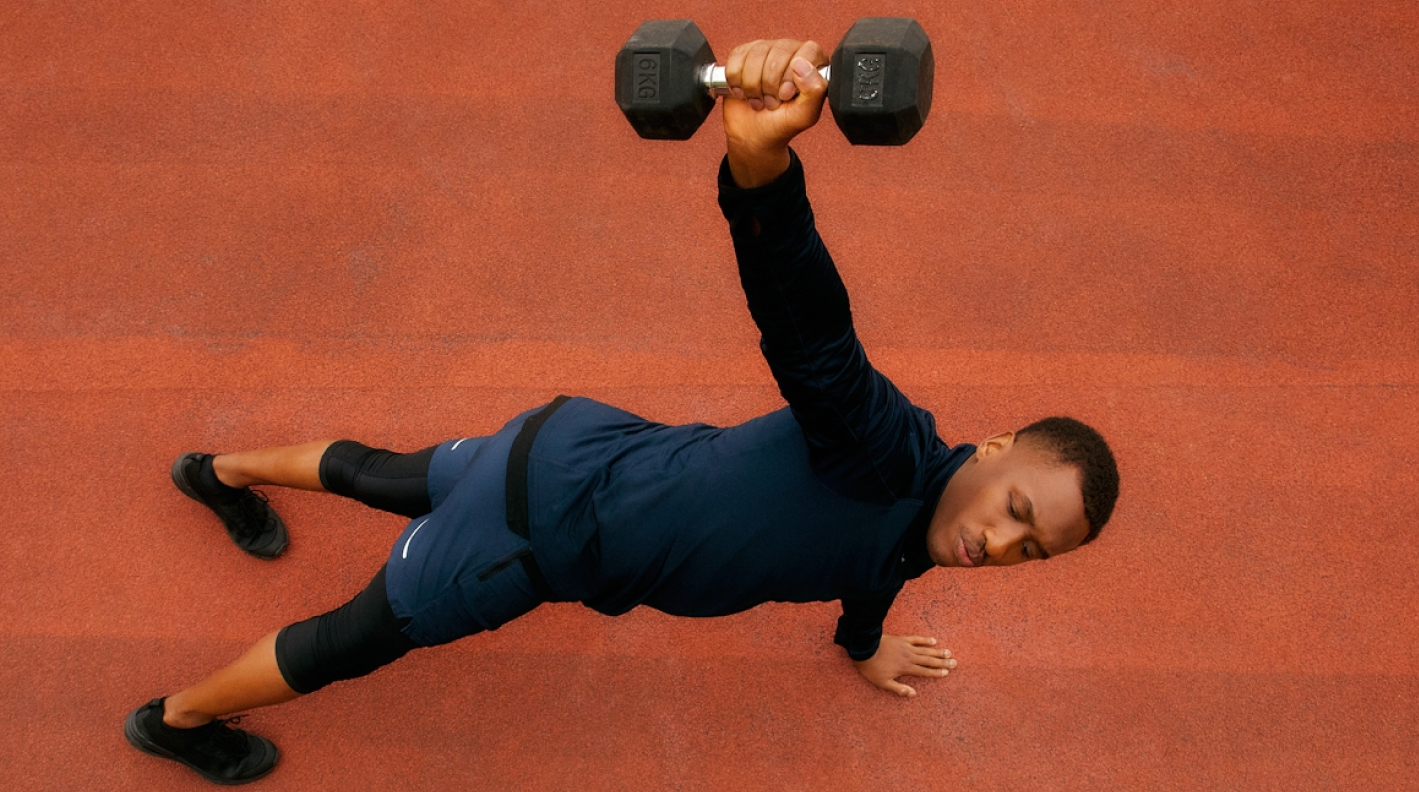Beer calories: How your favourite drink affects weight and fitness
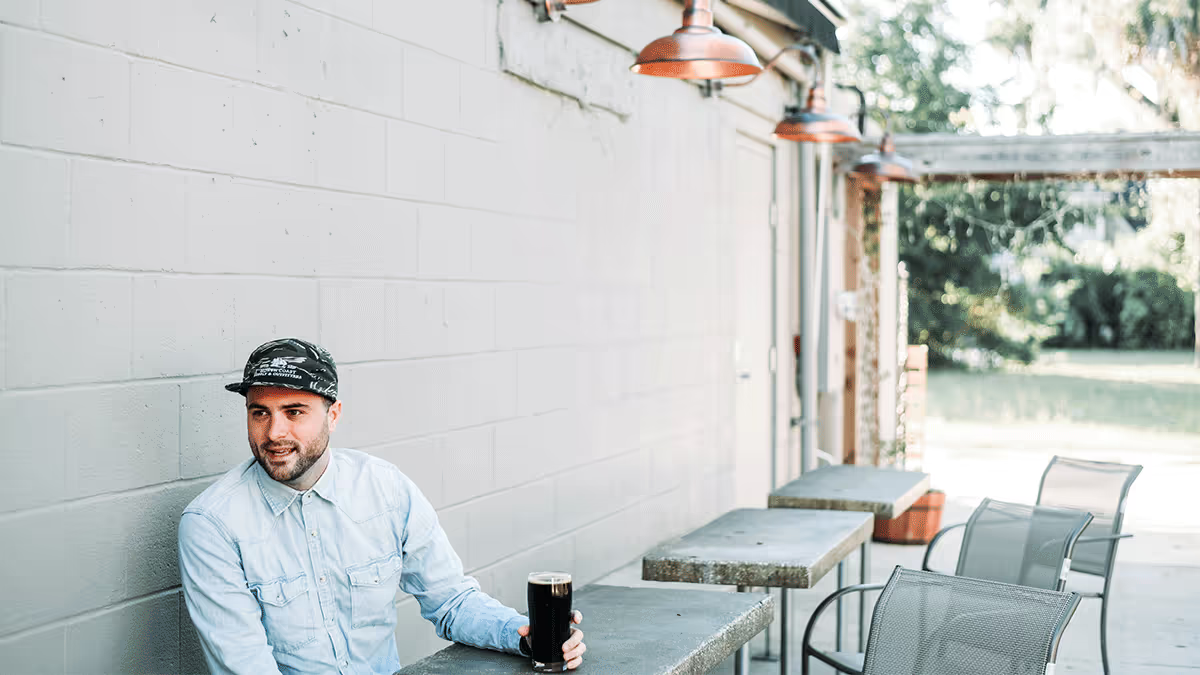
Key takeaways
- Beer calories predominantly come from alcohol and carbohydrates, with alcohol contributing the most. A pint of regular beer contains about 200-250 calories, equivalent to a slice of pizza. The calorie count increases with stronger beers and decreases with lighter or non-alcoholic options.
- Excessive beer consumption can lead to weight gain, not just from its high calorie count but also from alcohol's appetite-stimulating and fat-storage effects. Because the body prioritises metabolising alcohol, regular consumption may hinder fat burning.
- To drink beer responsibly and minimise calorie intake, opt for low-ABV or non-alcoholic beers, reduce portion sizes (e.g., downgrade from a pint to a bottle), and alternate alcoholic drinks with water. Consider other low-calorie options, like dry ciders or neat spirits with minimal mixers.
Would you think twice before eating 4 slices of pizza on a night out? What about downing 4 pints of beer? It may surprise you to know — these 2 things have close to the same amount of calories [8].
Many of us would prefer not to ponder the calorie content of a few drinks at the pub. But, if we don’t pay attention — we can easily put on extra pounds.
Does that mean beer, wine, and all other alcoholic drinks are off your list? Not necessarily. There are ways to enjoy alcohol and keep to a healthy weight. But before we get into that, let’s unpack how many calories are in beer and where they come from.
What contributes to beer's calorie count?
You’ve probably heard before that a beer belly comes from carbs. While that is true, it’s only half the story.
The total calories in beer are a combination of alcohol, carbohydrates, sugars, and proteins [7]. Of these groups, the majority of the calories come from alcohol and carbohydrates.
Carbohydrates
A regular beer has about 10-20g of carbohydrates. That’s similar to a slice of bread but less than a banana. A light beer has 2.5-10g of carbohydrates [6].
While carbohydrates do contribute to the overall beer calories, they are less calorie-dense than alcohol. In a standard pale or dark lager, only 35% of the calories come from carbohydrates with 60% from the alcohol.
To give you real numbers, carbohydrates have about 3 calories per gram whereas alcohol has 7 calories per gram [6][1].
Alcohol
Your next question is probably: how much alcohol is in a beer anyway? We’re glad you asked.
The amount of alcohol in any drink is based on the size of the drink and its strength [2]. For example, a pint of strong lager has more alcohol than a bottle of light beer.
To help simplify this for consumers, the UK uses a system called alcohol units [2]. Under this system, a single unit of alcohol is equal to 10ml or 8g. This is the average amount a person can metabolise in 1 hour.
If we take the figure from earlier — that alcohol has 7 calories per gram — then a single unit of alcohol has 56 calories [4]. So, that means the more units of alcohol in a drink, the higher the calories will be.
Finding the units of alcoholic beverages
To find the alcohol units for any drink, you need to know its alcohol by volume, or ABV. The ABV is a percentage that represents how much of your drink is pure alcohol.
For example [2][8]:
- A standard beer has an ABV of 5%
- A bottle of wine has an ABV of 12%
- A bottle of spirits has an ABV of 40%
- Drinks with low or no alcohol have an ABV of 0.05% to 0.5%
You can find the ABV listed on most packaging labels or you can ask bar staff for advice. Once you know the ABV, you’ll need to do a bit of math to find the number of alcohol units. The equation is:
The strength (ABV) x volume (ml) divided by 1,000 = units
The average number of alcohol units for a beer with an ABV of 5% is [2]:
- A bottle has 1.7 units
- A can has 2.4 units
- A pint has 3 units
If you’re not a big fan of math, you could also try the simple unit calculator from Alcohol Change UK.
How many calories are in different types of beer?
We like to be thorough, so we’re going to give you 2 answers to this question. First, let’s make it easy with a list of the average calories for common beers [5]:
- A bottle (330ml) of light or low-alcohol beer is around 100 calories
- A bottle (330ml) of regular beer is around 150 calories
- A bottle (330ml) of heavy beer, like an IPA, can have 200-300 calories
- A typical pint (568ml) can have 200-250 calories
To put that into a food perspective for you, a pint of lager has around the same amount of calories as a slice of pizza, while 3 bottles is equal to roughly 1.5 cheeseburgers [8].
How to check the calories of any beer
Second, we’re going to give you the tools to work it out for yourself. As we mentioned earlier, the calories in beer come primarily from alcohol and carbohydrates.
For an accurate figure, you need to add up the calories from both of these sources. Here’s how it works:
- For each unit of alcohol, count 56 calories
- For each gram of carbohydrates, count 3 calories
- Combine these figures to find how many calories are in your drink
Can you drink beer and still lose weight?
Give up dessert? No problem. Cut back on soft drinks? Okay. But get rid of beer? A lot of people say no way. If that's your case, we have good news. It is possible to drink beer and still lose weight, but you need to be smart about it.
Alcohol and weight gain
The links between alcohol and weight loss are not completely clear, but that doesn’t mean they aren’t there.
The main reason that alcohol can lead to weight gain is what we’ve already discussed — it’s pretty high in calories and most people aren’t fully aware of how much they’re drinking [8].
But, there are a couple of other culprits you should be aware of. First, there’s the fact that alcohol is an appetite stimulant, which means it can make you eat more than usual [4].
Second, there’s the way the body processes alcohol. Because alcohol is a toxin, your body will prioritise getting rid of it from your system [8].
To do this, it has to slow down other processes, such as burning off the food you eat. This makes it more likely that the calories from your food will be stored as fat rather than used as energy.
Practice low-risk drinking
In order to enjoy alcohol and keep a healthy weight, it’s important that you focus on drinking in moderation.
The UK Chief Medical Officer’s guidelines for low-risk drinking can help you understand what ‘in moderation’ really means [8]:
- Drink no more than 14 units of alcohol each week — that’s about 6 pints or 8 bottles of beer
- Avoid binge drinking — more than 8 units in a single session, which is about 4 pints of beer
- Have multiple days with no alcohol each week
Tips for cutting back on alcoholic beverages
From your good mate’s birthday to calming your nerves on a first date, it can be hard to avoid alcohol completely, but cutting back is still better than giving up on your goals.
These tips can help you drink less and reduce calories [3]:
- Choose a smaller drink size, such as dropping down from a pint to a bottle
- Check the ABV to find light or no-alcohol drinks that contain fewer calories
- Make every second drink a glass of water to minimise calories and help you stay hydrated
Going beyond weight loss
There are lots of good reasons to cut back on alcohol beyond watching your weight. Some of the general health benefits of drinking less include [3]:
- Better quality sleep, since alcohol is known to disrupt deep sleep
- Improved moods; there are strong links between heavy drinking and depression
- A stronger immune system, as heavy drinkers are more likely to get sick because they have a lowered immune system
Changing your relationship with alcohol is only the beginning. With a scientific programme like Compound, you could work toward complete health and lifestyle transformation.
Compound's Body Transformation Programme combines medical treatments, prescriber support and personalised guidance to help you not just lose weight but completely transform your body and health for life.
- Breakthrough medication: Lose up to 21% of your body weight in 72 weeks with once-weekly, clinically proven treatment. It keeps you feeling fuller for longer, so eating less feels natural. Pair them with the Compound Code to lock results in for good.
- Compound Code: Our medication creates opportunity — Compound helps you seize it. Our proven system makes your treatment work harder. The Compound Code builds the muscle, energy, and fitness that medication alone can't deliver. Our holistic approach transforms not just how you look, but how you feel and function daily. So when you eventually finish treatment, your results don't disappear with it.
How to choose low-calorie beer
It can take an age to reach the front of the drinks queue, so you don’t want to be that guy holding it up while you decide what to order. These tips can help take the hassle out of choosing a low-calorie beer or beverage and help you get back to socialising.
Review the alcohol levels
This one is pretty simple — the less strong your beer is, the less alcohol it contains. The less alcohol, the less calories.
For example, a standard beer with an ABV of 5.5% has 2.4 alcohol units in a can (440ml). Compare that to a pint (568ml) of low-strength beer with an ABV of 3.6%, which has only 2 alcohol units.
That’s an extra 100ml of beer in your glass for fewer units of alcohol — just by choosing a lower-strength beer.
Try non-alcoholic beer
The biggest calorie adder in most beers is the alcohol. Once that's stripped away, you’re left with mostly carbohydrates. In fact, 90% of the calories in a non-alcoholic beer come from carbohydrates [7].
Since carbohydrates are less energy-dense than alcohol (only 3 calories per gram for carbs compared with 7 calories per gram for alcohol), a beer with little to no alcohol will naturally have fewer calories.
As an estimate, most non-alcoholic beers have around 75 calories per 100ml [7].
Opt for other low-calorie alcoholic drinks
If you happen to enjoy wine, whiskey or cider, then you’re in luck when it comes to calories.
Each of these alcoholic beverages has similar or fewer calories than beer [4][5]:
- A standard glass of wine (175ml) has around 158 calories, which is less than heavy beer, like an IPA
- A shot of spirits served neat has about 50 calories
- A dry cider has around 150 calories — the dryer the better as they typically contain less sugar (around 2 teaspoons of sugar for a dry cider and 5 teaspoons of sugar for a sweet cider)
While spirits might look like the obvious choice, you should be careful of mixers. Soft drinks like Coke or tonic water can add hidden calories to your drink, as can fruit juices which are often in cocktails [1].
Would you think twice before eating 4 slices of pizza on a night out? What about downing 4 pints of beer? It may surprise you to know — these 2 things have close to the same amount of calories [8].
Many of us would prefer not to ponder the calorie content of a few drinks at the pub. But, if we don’t pay attention — we can easily put on extra pounds.
Does that mean beer, wine, and all other alcoholic drinks are off your list? Not necessarily. There are ways to enjoy alcohol and keep to a healthy weight. But before we get into that, let’s unpack how many calories are in beer and where they come from.
What contributes to beer's calorie count?
You’ve probably heard before that a beer belly comes from carbs. While that is true, it’s only half the story.
The total calories in beer are a combination of alcohol, carbohydrates, sugars, and proteins [7]. Of these groups, the majority of the calories come from alcohol and carbohydrates.
Carbohydrates
A regular beer has about 10-20g of carbohydrates. That’s similar to a slice of bread but less than a banana. A light beer has 2.5-10g of carbohydrates [6].
While carbohydrates do contribute to the overall beer calories, they are less calorie-dense than alcohol. In a standard pale or dark lager, only 35% of the calories come from carbohydrates with 60% from the alcohol.
To give you real numbers, carbohydrates have about 3 calories per gram whereas alcohol has 7 calories per gram [6][1].
Alcohol
Your next question is probably: how much alcohol is in a beer anyway? We’re glad you asked.
The amount of alcohol in any drink is based on the size of the drink and its strength [2]. For example, a pint of strong lager has more alcohol than a bottle of light beer.
To help simplify this for consumers, the UK uses a system called alcohol units [2]. Under this system, a single unit of alcohol is equal to 10ml or 8g. This is the average amount a person can metabolise in 1 hour.
If we take the figure from earlier — that alcohol has 7 calories per gram — then a single unit of alcohol has 56 calories [4]. So, that means the more units of alcohol in a drink, the higher the calories will be.
Finding the units of alcoholic beverages
To find the alcohol units for any drink, you need to know its alcohol by volume, or ABV. The ABV is a percentage that represents how much of your drink is pure alcohol.
For example [2][8]:
- A standard beer has an ABV of 5%
- A bottle of wine has an ABV of 12%
- A bottle of spirits has an ABV of 40%
- Drinks with low or no alcohol have an ABV of 0.05% to 0.5%
You can find the ABV listed on most packaging labels or you can ask bar staff for advice. Once you know the ABV, you’ll need to do a bit of math to find the number of alcohol units. The equation is:
The strength (ABV) x volume (ml) divided by 1,000 = units
The average number of alcohol units for a beer with an ABV of 5% is [2]:
- A bottle has 1.7 units
- A can has 2.4 units
- A pint has 3 units
If you’re not a big fan of math, you could also try the simple unit calculator from Alcohol Change UK.
How many calories are in different types of beer?
We like to be thorough, so we’re going to give you 2 answers to this question. First, let’s make it easy with a list of the average calories for common beers [5]:
- A bottle (330ml) of light or low-alcohol beer is around 100 calories
- A bottle (330ml) of regular beer is around 150 calories
- A bottle (330ml) of heavy beer, like an IPA, can have 200-300 calories
- A typical pint (568ml) can have 200-250 calories
To put that into a food perspective for you, a pint of lager has around the same amount of calories as a slice of pizza, while 3 bottles is equal to roughly 1.5 cheeseburgers [8].
How to check the calories of any beer
Second, we’re going to give you the tools to work it out for yourself. As we mentioned earlier, the calories in beer come primarily from alcohol and carbohydrates.
For an accurate figure, you need to add up the calories from both of these sources. Here’s how it works:
- For each unit of alcohol, count 56 calories
- For each gram of carbohydrates, count 3 calories
- Combine these figures to find how many calories are in your drink
Can you drink beer and still lose weight?
Give up dessert? No problem. Cut back on soft drinks? Okay. But get rid of beer? A lot of people say no way. If that's your case, we have good news. It is possible to drink beer and still lose weight, but you need to be smart about it.
Alcohol and weight gain
The links between alcohol and weight loss are not completely clear, but that doesn’t mean they aren’t there.
The main reason that alcohol can lead to weight gain is what we’ve already discussed — it’s pretty high in calories and most people aren’t fully aware of how much they’re drinking [8].
But, there are a couple of other culprits you should be aware of. First, there’s the fact that alcohol is an appetite stimulant, which means it can make you eat more than usual [4].
Second, there’s the way the body processes alcohol. Because alcohol is a toxin, your body will prioritise getting rid of it from your system [8].
To do this, it has to slow down other processes, such as burning off the food you eat. This makes it more likely that the calories from your food will be stored as fat rather than used as energy.
Practice low-risk drinking
In order to enjoy alcohol and keep a healthy weight, it’s important that you focus on drinking in moderation.
The UK Chief Medical Officer’s guidelines for low-risk drinking can help you understand what ‘in moderation’ really means [8]:
- Drink no more than 14 units of alcohol each week — that’s about 6 pints or 8 bottles of beer
- Avoid binge drinking — more than 8 units in a single session, which is about 4 pints of beer
- Have multiple days with no alcohol each week
Tips for cutting back on alcoholic beverages
From your good mate’s birthday to calming your nerves on a first date, it can be hard to avoid alcohol completely, but cutting back is still better than giving up on your goals.
These tips can help you drink less and reduce calories [3]:
- Choose a smaller drink size, such as dropping down from a pint to a bottle
- Check the ABV to find light or no-alcohol drinks that contain fewer calories
- Make every second drink a glass of water to minimise calories and help you stay hydrated
Going beyond weight loss
There are lots of good reasons to cut back on alcohol beyond watching your weight. Some of the general health benefits of drinking less include [3]:
- Better quality sleep, since alcohol is known to disrupt deep sleep
- Improved moods; there are strong links between heavy drinking and depression
- A stronger immune system, as heavy drinkers are more likely to get sick because they have a lowered immune system
Changing your relationship with alcohol is only the beginning. With a scientific programme like Compound, you could work toward complete health and lifestyle transformation.
Compound's Body Transformation Programme combines medical treatments, prescriber support and personalised guidance to help you not just lose weight but completely transform your body and health for life.
- Breakthrough medication: Lose up to 21% of your body weight in 72 weeks with once-weekly, clinically proven treatment. It keeps you feeling fuller for longer, so eating less feels natural. Pair them with the Compound Code to lock results in for good.
- Compound Code: Our medication creates opportunity — Compound helps you seize it. Our proven system makes your treatment work harder. The Compound Code builds the muscle, energy, and fitness that medication alone can't deliver. Our holistic approach transforms not just how you look, but how you feel and function daily. So when you eventually finish treatment, your results don't disappear with it.
How to choose low-calorie beer
It can take an age to reach the front of the drinks queue, so you don’t want to be that guy holding it up while you decide what to order. These tips can help take the hassle out of choosing a low-calorie beer or beverage and help you get back to socialising.
Review the alcohol levels
This one is pretty simple — the less strong your beer is, the less alcohol it contains. The less alcohol, the less calories.
For example, a standard beer with an ABV of 5.5% has 2.4 alcohol units in a can (440ml). Compare that to a pint (568ml) of low-strength beer with an ABV of 3.6%, which has only 2 alcohol units.
That’s an extra 100ml of beer in your glass for fewer units of alcohol — just by choosing a lower-strength beer.
Try non-alcoholic beer
The biggest calorie adder in most beers is the alcohol. Once that's stripped away, you’re left with mostly carbohydrates. In fact, 90% of the calories in a non-alcoholic beer come from carbohydrates [7].
Since carbohydrates are less energy-dense than alcohol (only 3 calories per gram for carbs compared with 7 calories per gram for alcohol), a beer with little to no alcohol will naturally have fewer calories.
As an estimate, most non-alcoholic beers have around 75 calories per 100ml [7].
Opt for other low-calorie alcoholic drinks
If you happen to enjoy wine, whiskey or cider, then you’re in luck when it comes to calories.
Each of these alcoholic beverages has similar or fewer calories than beer [4][5]:
- A standard glass of wine (175ml) has around 158 calories, which is less than heavy beer, like an IPA
- A shot of spirits served neat has about 50 calories
- A dry cider has around 150 calories — the dryer the better as they typically contain less sugar (around 2 teaspoons of sugar for a dry cider and 5 teaspoons of sugar for a sweet cider)
While spirits might look like the obvious choice, you should be careful of mixers. Soft drinks like Coke or tonic water can add hidden calories to your drink, as can fruit juices which are often in cocktails [1].
- https://www.nhs.uk/live-well/alcohol-advice/calories-in-alcohol/
- https://www.nhs.uk/live-well/alcohol-advice/calculating-alcohol-units/
- https://www.nhs.uk/live-well/alcohol-advice/tips-on-cutting-down-alcohol/
- https://alcoholchange.org.uk/alcohol-facts/fact-sheets/alcohol-and-calories
- https://www.cspinet.org/article/which-alcoholic-beverages-have-most-or-least-calories
- https://onlinelibrary.wiley.com/doi/10.1002/j.2050-0416.2005.tb00681.x
- https://www.kvasnyprumysl.eu/index.php/kp/article/view/55
- https://www.drinkaware.co.uk/facts/information-about-alcohol/alcohol-and-the-facts/alcohol-calories-and-maintaining-a-healthy-weight

